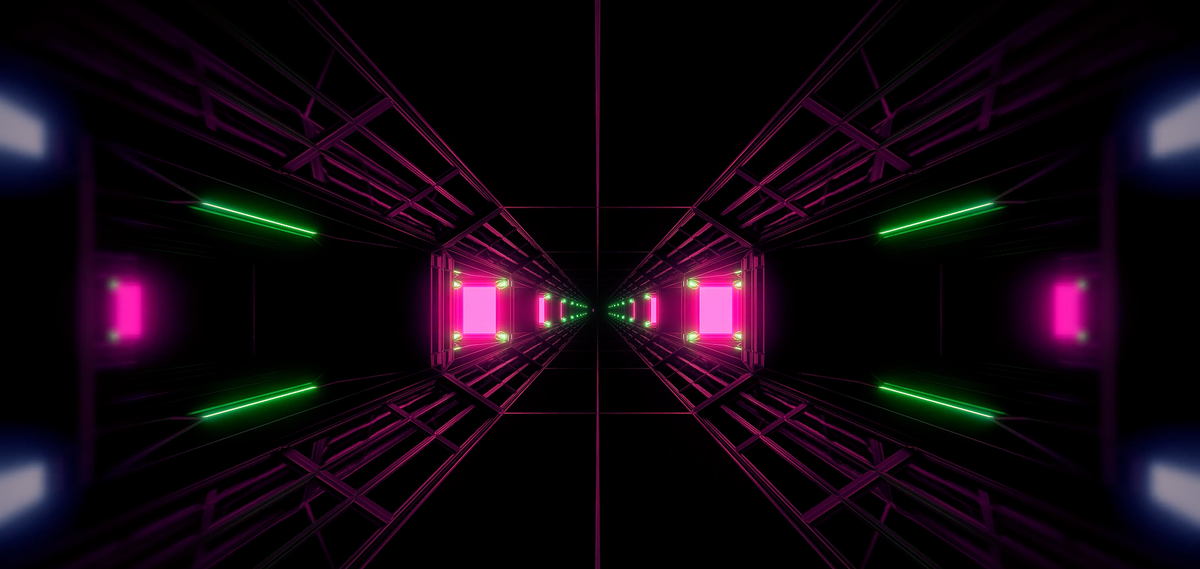To view this video please enable JavaScript, and consider upgrading to a web browser that supports HTML5 video
October 30th: The Crash


A morning shrouded in pale autumn light found the city’s underground artery already awake, trains gliding through the tunnel that connected the river districts to the heart of downtown. It began with a sudden, muffled tremor—the kind that doesn’t announce itself so much as insinuate—and then a chorus of alarms that rose from the rails, a siren-song of flashing panels and hurried voices.
The initial impact was a chain of small collisions, cars bumping one another like tired billiard balls, workshops of smoke and acrid acronyms filling the carriages. The tunnel, narrow and ancient in places, offered little mercy: metal groaned, braking systems hissed, and the air grew thick with dust, diesel, and adrenaline. Commuters, many still sleepy, surged toward exits that seemed impossibly distant, minds trying to reconcile wakefulness with the sudden gravity of the moment.
Emergency responders arrived in minutes, their silhouettes outlined by the glow of emergency lighting. Fire crews worked to stabilize the air, clear the track, and assist passengers through damaged cars. Medical teams weaved through the crowd, tending to injuries—varied and vulnerable: a pianist with a broken finger, a mother shielding a frightened child, an elderly man whose tremor betrayed a deeper fear. The tunnel, once a conduit of routine, became a temporary sanctuary where strangers leaned on strangers, sharing heat, water, and whispered stories to steady one another.
In the days that followed, investigators pieced together the sequence: a micro-seismic event, a braking hiccup, and the cascading effect of a fleet of cars jammed into a single stretch of track. Lessons emerged about redundancy, maintenance, and the quiet courage of those who carry us through the darkest hours. The city vowed to rebuild, not merely the tunnel, but the trust that keeps it alive.